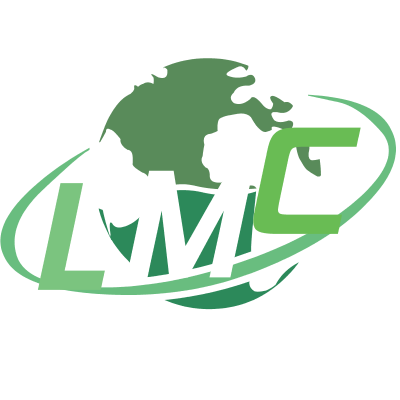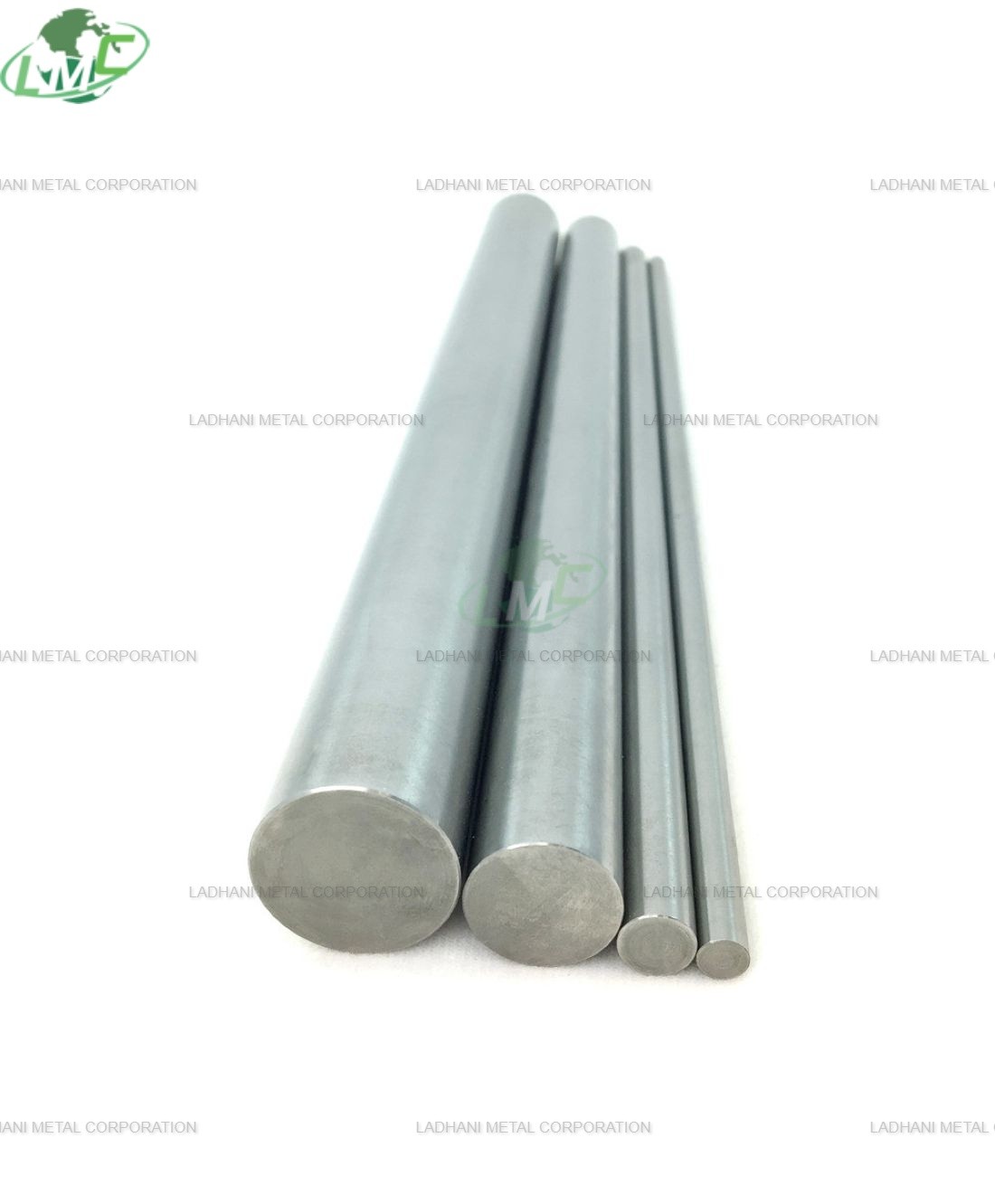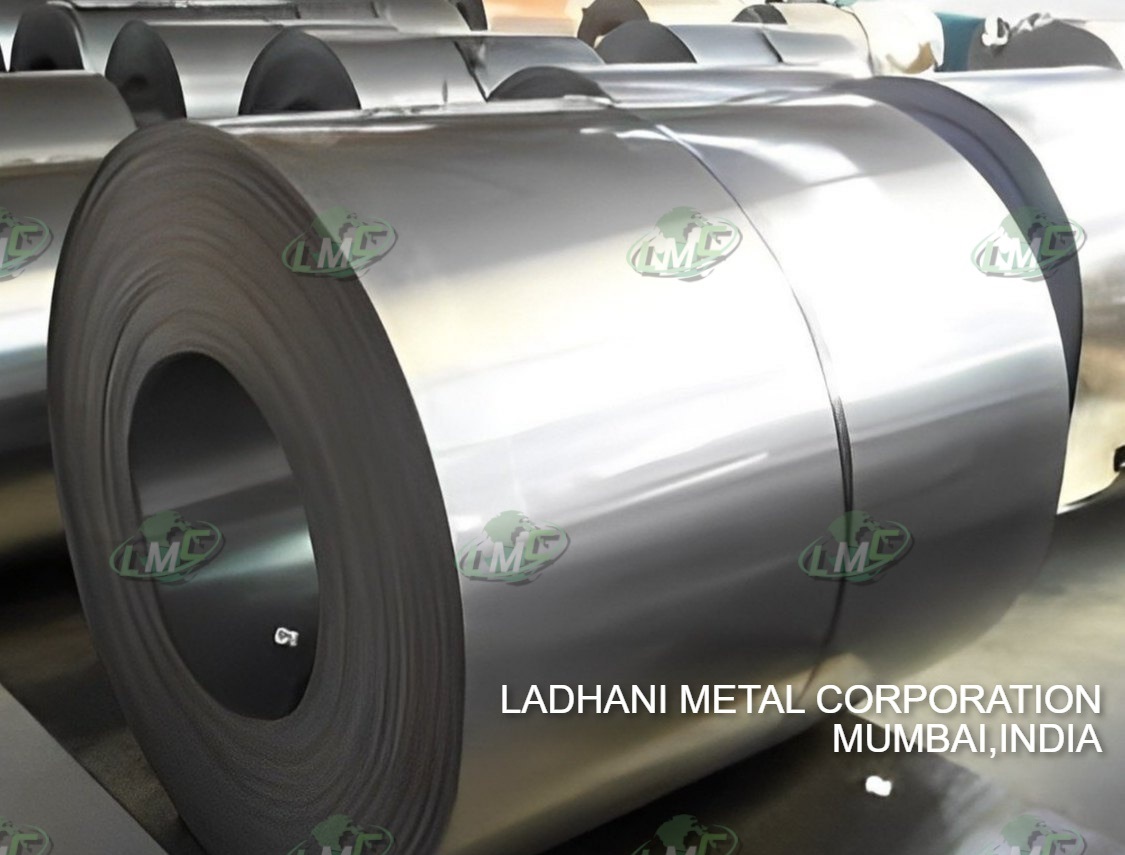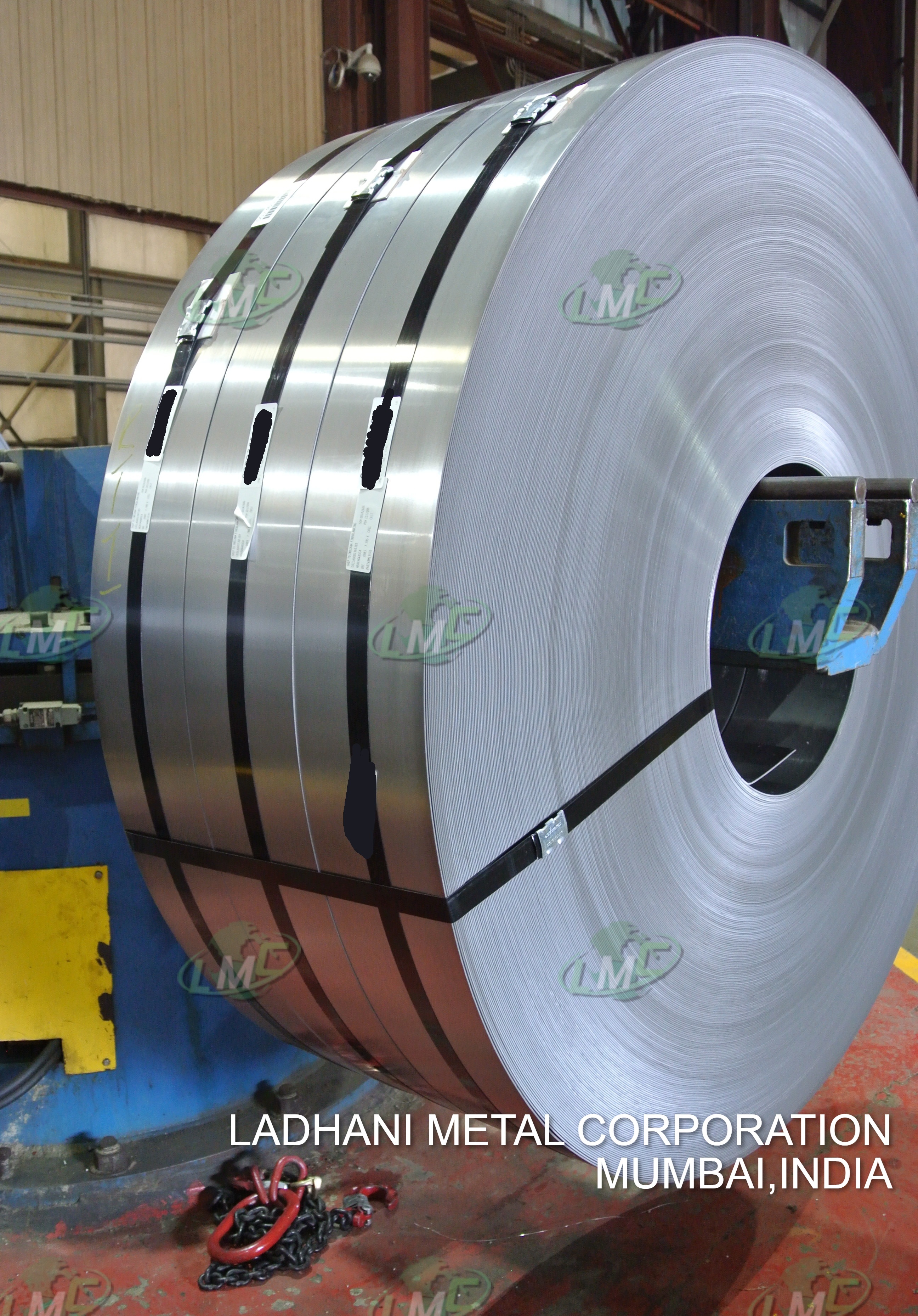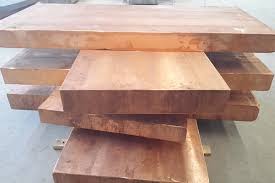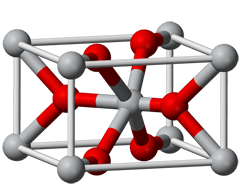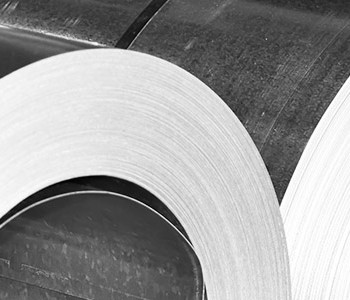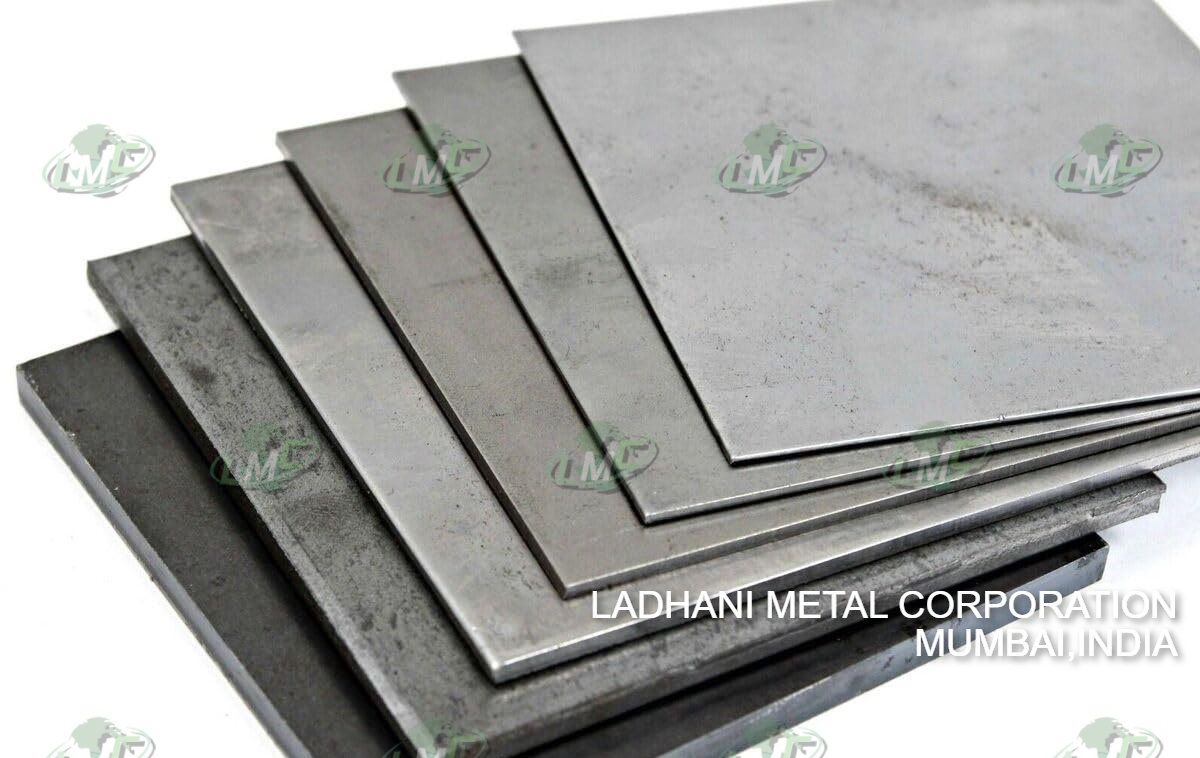Aerospace Titanium Specifications (AMS 49)
AMS 4900
Plate, Sheet & Strip – Annealed –55,000 psi Yield
AMS 4901
Sheet, Strip & Plate – Annealed – 70,000 psi Yield
AMS 4902
Plate, Sheet & Strip – Annealed – 40,000 psi Yield
AMS 4905
Plate, Damage Tolerant Grade – 6AI 4V, Beta Annealed
AMS 4907
Plate, Sheet & Strip – 6Al-4V, Extra Low Interstitial, Annealed
AMS 4908
Sheet & Strip – 8Mn Annealed - 110,000 psi Yield
AMS 4909
Plate, Sheet & Strip – 5Al-2.5Sn, Extra Low Interstitial, Annealed
AMS 4910
Plate, Sheet & Strip – 5Al-2.5Sn, Annealed
AMS 4911
Sheet, Strip & Plate – 6Al-4V, Annealed
AMS 4914
Sheet & Strip – 15V 3Cr 3Sn #AI – Solution Heat Treated
AMS 4915
Plate, Sheet & Strip – 8Al-1Mo-1V – Single Annealed
AMS 4916
Plate, Sheet & Strip – 8Al-1Mo-1V – Duplex Annealed
AMS 4917
Plate, Sheet & Strip – 13.5V 11Cr 3Al – Solution Treated
AMS 4918
Plate, Sheet & Strip –6Al-6V-2Sn – Annealed
AMS 4919
Sheet, Strip & Plate – 6Al 2Sn 4Zr-2Mo – Annealed
AMS 4920
Forgings – 6Al-4V – Alpha Beta or Beta Processed – Annealed
AMS 4921
Bars, Forgings & Rings – Annealed – 70,000 psi Yield
AMS 4924
Bars, Forgings & Rings – 5Al-2.5Sn – Extra Low Interstitial, Annealed – 90,000 psi Yield
AMS 4926
Bars & Rings – 5Al-2.5Sn – Annealed – 110,000 psi Yield
AMS 4928
Bars & Forgings – 6Al-4V – Annealed – 120,000 psi Yield
AMS 4930
Bars, Forgings & Rings – 6Al-4V – Extra Low Interstitial, Annealed
AMS 4931
Bars, Forgings & Rings – 6Al-4V ELI, Duplex Annealed, Fractured Toughness
AMS 4933
Extrusions & Flash Welded Rings – 8AI 1Mo 1V – Solution Heat Treated & Stabilized
AMS 4934
Extrusions & Flash Welded Rings - 6Al-4V – Solution Heat Treated & Aged
AMS 4935
Extrusions & Flash Welded Rings – 6Al-4V – Annealed, Beta Processed
AMS 4936
Extrusions & Flash Welded Rings – 6Al-4V – Beta Processed
AMS 4941
Tubing, Welded – Annealed – 40,000psi Yield
AMS 4942
Tubing, Seamless – Annealed – 40,000 psi Yield
AMS 4943
Tubing, Seamless – Annealed – 3.0Al 2.5V
AMS 4944
Tubing, Seamless – hydraulic – 3.0Al 2.5V – Cold Worked, Stress Relieved
AMS 4951
Wire, Welding – Commercially Pure
AMS 4953
Wire, Welding – 5Al 2.5Sn
AMS 4954
Wire, Welding –6Al 4V
AMS 4955
Wire, Welding – 8Al 1Mo 1V
AMS 4956
Wire, Welding – 6Al 4V – Extra Low Interstitial, Environment Controlled
AMS 4957
Bars & Wire, 3Al-8V-6Cr-4Mo-4Zr, Consumable Electrode Melted, Cold Drawn
AMS 4958
Bars & Rod – 3Al-8V-6Cr-4Mo-4Zr, Consumable Electrode Melted, Solution Heat Treated & Centerless Ground
AMS 4959
Wire – 13.5V 11Cr 3Al – Spring Temper
AMS 4965
Bars, Forgings & Rings – 6Al-4V – Solution & Precipitation Heat Treated
AMS 4966
Forgings – 5Al-2.5Sn – Annealed – 110,000 psi Yield
AMS 4967
Rings & Forgings – 6Al-4V – Annealed, Heat Treatable
AMS 4970
Bars & Forgings – 7Al 4Mo – Solution & Precipitation Heat Treated
AMS 4971
Bars, Forgings & Rings – 6Al-6V-2Sn – Annealed, Heat Treatable
AMS 4972
Bars & Rings – 8Al-1Mo-1V – Solution Heat Treated & Stabilize
AMS 4973
Forgings – 8Al 1Mo 1V - Solution Heat Treated & Stabilized
AMS 4974
Bars & Forgings – 11Sn 5.0Zr 2.3Al 1.0Mo 0.21Si - Solution & Precipitation Heat Treated
AMS 4975
Bars & Rings – 6Al-2Sn-4Zr-2Mo - Solution & Precipitation Heat Treated
AMS 4976
Forgings - 6Al-2Sn-4Zr-2Mo - Solution & Precipitation Heat Treated
AMS 4979
Bars, Forgings & Rings – 6Al-6V-2Sn - Solution & Precipitation Heat Treated
AMS 4981
Bars & Forgings 6Al 2Sn 4Zr 6Mo - Solution & Precipitation Heat Treated
AMS 4983
Forgings – 10V 2Fe 3Al – Solution Heat Treated & Aged
Military Titanium Specifications
Mil-T-9046H Titanium & Titanium Alloy Sheet, Strip & Plate
Type I – Commercially Pure:
Composition A – CP GR 2 (40 KSI)
Composition B – CP GR 4 (70 KSI)
Composition C – CP GR 3 (55 KSI)
Type II – Alpha Alloys:
Composition A - 5Al-2.5Sn
Composition B - 5Al-2.5Sn ELI
Composition F – 8Al-1Mo-1V
Composition G – 6Al-2Cb-1Ta-.8Mo
Type III – Alpha-Beta Alloys:
Composition C – 6Al-4V
Composition D – 6Al-4V ELI
Composition E – 6Al-6V-2Sn
Composition G – 6Al-4Sn-4Zr-2Mo
Composition H – 6Al-4V SPL
Type IV – Beta Alloys
Composition A – 13Al-11Cr-3Al
Composition B – 11.5Mo-6Zr-4.5Sn (Beta III)
Composition C – 3Al-8V-6Cr-4Mo-4Zr (Beta C™)(10)
MIL-T-9046J Titanium & Titanium Alloy Sheet , Strip & Plate
Commercially Pure (CP
CP-1 – Grade 4 (70 KSI)
CP-2 – Grade 3 (55 KSI)
CP-3 – Grade 2 (40 KSI)
CP-4 – Grade 1 (25 KSI)
Alpha Alloys (A)
A-1 – 5Al-2.5Sn
A-2 – 5Al-2.5Sn (ELI)
A-3 – 6Al-2Cb-1Ta-.8Mo
A-4 – 8Al-1Mo-1V
Alpha-Beta Alloys (AB)
AB-1 – 6Al-4V
AB-2 – 6Al-4V (ELI)
AB-3 – 6Al-6V-2Sn
AB-4 – 6Al-2Sn-4Zr-2Mo
AB-5 – 3Al-2.5V
AB-6 – 8Mn
Beta Alloys (B)
B-1 – 13V-11Cr-3Al
B-2 – 11.5Mo-6Zr-4.5Sn (Beta III)
B-3 – 3Al-8V-6Cr-$Mo-$zr (Beta C™)(10)
B-4 – 8Mo-8V-2Fe-3Al
MIL-T-9047E Titanium & Titanium Alloy Bars & Reforging Stock
Alpha Alloys
Composition 1 – Unalloyed
Composition 2 – 5Al-2.5Sn
Composition 3 – 5Al-2.5Sn ELI
Composition 5 – 5Al-1Mo-1V
Alpha-Beta Alloys
Composition 6 – 6Al-4V
Composition 7 – 6Al-4V ELI
Composition 8 - 6Al-6V-2Sn
Composition 9 – 7Al-4Mo
Composition 10 – 11Sn-5Zr-2Al-1Mo
Composition 11 – 6Al-2Sn-4Zr-2Mo
Composition 14 – 6Al-2Sn-4Zr-6Mo
Beta Alloys
Composition 12 – 13V-11Cr-3Al
Composition 13 – 11.5Mo-6Zr-4.5Sn (Beta III)
MIL-T-9047G Titanium & Titanium Alloy Bars & Reforging Stock, Aircraft Quality
Commercially Pure
TI-CP-70 (Grade 4)
Alpha Alloys
Ti – 5Al-2.5Sn
Ti – 5Al-2.5Sn (ELI)
6Al-2Cb-1Ta-.8Mo
8Al-1Mo-1V
Alpha-Beta Alloys
Ti – 3Al-2.5V
Ti – 6Al-4V
Ti – 6Al-4V (ELI)
Ti – 6Al-6V-2Sn
Ti – 6Al-2Sn-4Zr-2Mo
Ti – 6Al-2Sn-4Zr-6Mo
Ti –7Al-4Mo
Beta Alloys
Ti – 8Mo-8V-2Fe-3Al
Ti – 11.5Mo-6Zr-4.5Sn (Beta III)
Ti – 3Al-8V-6Cr-4Mo-4Zr (Beta C™)(10)
Ti – 13V-11Cr-3Al
Imperial and Metric sizes available upon request.
Send
Message
